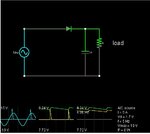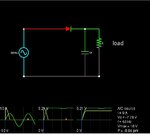jeffrey samuel
Advanced Member level 4

- Joined
- Jul 23, 2012
- Messages
- 1,092
- Helped
- 107
- Reputation
- 214
- Reaction score
- 107
- Trophy points
- 1,363
- Location
- chennai,india
- Activity points
- 6,373
dc maybe -ve or +ve but it must not vary
that is true but there is nothing called negative dc power supply we just connect the circuit in the reverse starting from the gnd to the supply





